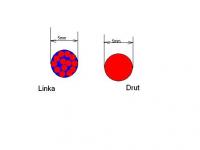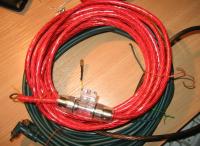Hello, I have a question. I bought a cable and I want to know how many mm2 it has
The insulation has a circle of 7 mm (measured with a ruler)
Bez ma kolo hmmm a little less than 5
My question is how much is mm2?
The insulation has a circle of 7 mm (measured with a ruler)
Bez ma kolo hmmm a little less than 5
My question is how much is mm2?




